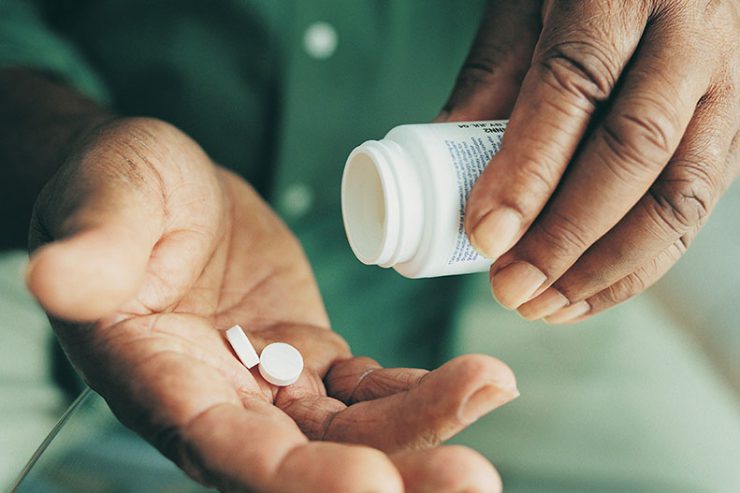For many people, the threat of having a stroke is a feared part of getting older. But the truth is that a stroke (also called a “brain attack”) can happen at any age. Stroke treatment depends on the type of stroke. There are two main types of strokes, but both occur when blood flow — and therefore the delivery of oxygen — to the brain is interrupted.
To learn more about stroke prevention, treatment, and rehabilitation, contact the UPMC Stroke Institute to schedule an appointment or ask a question at 412-232-8840
An ischemic stroke occurs when a blood clot blocks a blood vessel in or leading to the brain. Ischemic strokes are by far the most common type of stroke and make up and estimated 85 percent of all strokes. There are two subcategories of ischemic stroke: Thrombotic strokes occur when a blood clot blocks a vessel in the brain, while embolic strokes occur when a blood clot forms elsewhere in the body and moves to the brain.
The second main type of stroke is called a hemorrhagic stroke. It occurs when a blood vessel in the brain leaks or bursts. A third kind of stroke, a transient ischemic attack (TIA) or “ministroke” is a brief interruption in blood flow to the brain that can mimic stroke symptoms. In all three cases, when blood flow is interrupted, brain cells don’t receive enough oxygen and begin to die. Depending on what part of the brain is damaged, a stroke can cause problems with memory, speech, muscle control, or other functions.
Treating Different Types of Strokes
As you might imagine, treatment depends on the type of stroke.
Ischemic stroke treatment
Doctors typically treat an ischemic stroke with medications that break up blood clots. These include aspirin, which is given immediately in the emergency department to help prevent another stroke from occurring.
The intravenous drug IV-tPA can also dissolve blood clots and restore blood flow and can help reduce stroke-related disability in some people. However, this treatment must be given within about four and a half hours after the onset of symptoms.
Advanced treatments available at the UPMC Stroke Institute include intra-arterial tPA or endovascular thrombectomy (EVT), also known as mechanical thrombectomy. These can be administered to select patients within eight to 10 hours after symptoms begin.
Hemorrhagic stroke treatment
Treatment for a hemorrhagic stroke usually involves medications to stop bleeding, lower blood pressure, and reduce the risk of seizures. Once bleeding is controlled, your physician may recommend that you undergo surgery to repair blood vessel abnormalities to help prevent another stroke from occurring.
Transient Ischemic Attack (TIA) treatment
If you have had a ministroke or TIA, your doctor will take steps to help prevent another TIA or a full-blown stroke. Therapies can include medications that protect against blood clots, such as anti-platelet drugs (aspirin, Plavix) and anticoagulant drugs; or blood thinners (heparin, warfarin). Depending on your individual situation, your doctor may also recommend surgery or other procedures to clear clogged arteries.
